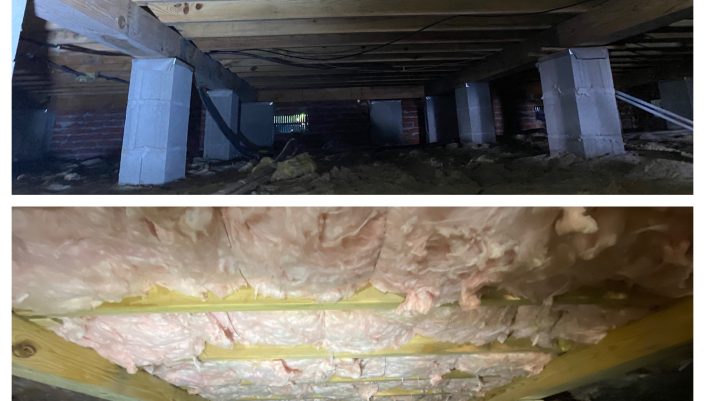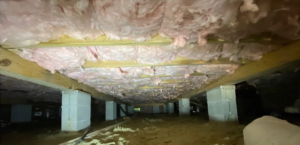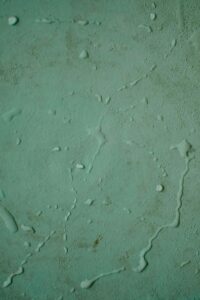Indoor humidity can be tricky to manage, especially in cold weather. Too much moisture can lead to mold, and too little can cause nose bleeds. Maintaining balance is critical, but how do you do it in a crawl space? This blog post will guide you on maintaining the perfect indoor humidity in your crawl space during cold weather. We’ll discuss the ideal humidity level, ventilation tips, and other helpful information to keep your home comfortable and healthy.
Why Is Indoor Humidity Important?
Indoor humidity is essential in creating a comfortable and healthy home environment. Too much moisture can cause condensation, leading to mold, mildew, and other health hazards. Too little humidity can dry out the air, making breathing uncomfortable and more prone to allergens such as dust and pollen. In addition, maintaining the correct humidity level helps maintain a home’s structural integrity by keeping wood furniture, walls, and other materials from warping or shrinking due to low humidity levels. Proper indoor humidity levels ultimately help create a healthier and more comfortable home environment.
How Does Cold Weather Affect Indoor Humidity?
The cold winter temperatures cause the air inside your home to cool, which in turn causes the moisture in the air to condense onto the colder surfaces. This can lead to damp walls and furniture and increase the humidity in the air.
So, if you have windows in your home, you can expect higher humidity levels indoors during the winter. Condensation water droplets forming on your walls and furniture will also make them more prone to damage.
To reduce indoor humidity during cold weather, keep your windows closed as much as possible. Also, a dehumidifier should be used to keep moisture levels in check. Check your indoor humidity levels periodically with a hygrometer or other device. That way, you can ensure your home is at a comfortable humidity level and not too damp or dry.
What Should My Humidity Level Be?
When the temperature drops outside, it’s natural to want to increase the humidity inside. Unfortunately, higher humidity can cause condensation and create an environment ripe for mold growth. To prevent this, it’s important to keep indoor humidity at a reasonable level, between 30% and 40%, during winter.
The best way to regulate your home’s humidity is with a hygrometer, a device that measures and displays indoor humidity levels. Additionally, you can run a humidifier (set to 40%) or add some house plants to the space to help you maintain a proper humidity level.
It’s important to note that keeping your indoor humidity too low in winter can also be problematic. Dry air can lead to dehydration, irritation of the eyes and throat, and increased static electricity. This is why keeping your indoor humidity moderate during the colder months is essential.
Why Condensation is Harmful
In cold weather, condensation can form inside windows and walls when indoor humidity levels are too high. This is a sign that your home’s humidity level is too high and could be dangerous. Excessive indoor humidity encourages mold growth, which can wreak havoc on your respiratory system if you suffer from asthma or allergies. It can also cause rotting in your home if left unchecked, leading to costly repairs. Keeping your home’s humidity between 45-55% is essential for protecting your health and home from the dangers of condensation.
Contacting a Professional
If you’re struggling with indoor humidity in cold weather, don’t hesitate to contact a professional. It’s essential to find a reliable contractor who can inspect your crawl space and provide a tailored solution. ZHE Industries, LLC is an excellent option for homeowners in the Hampton Roads area. With years of experience and an A+ rating from the Better Business Bureau, you can trust us to do the job right.
Give us a call at 757-759-5466 and get a free quote today!






